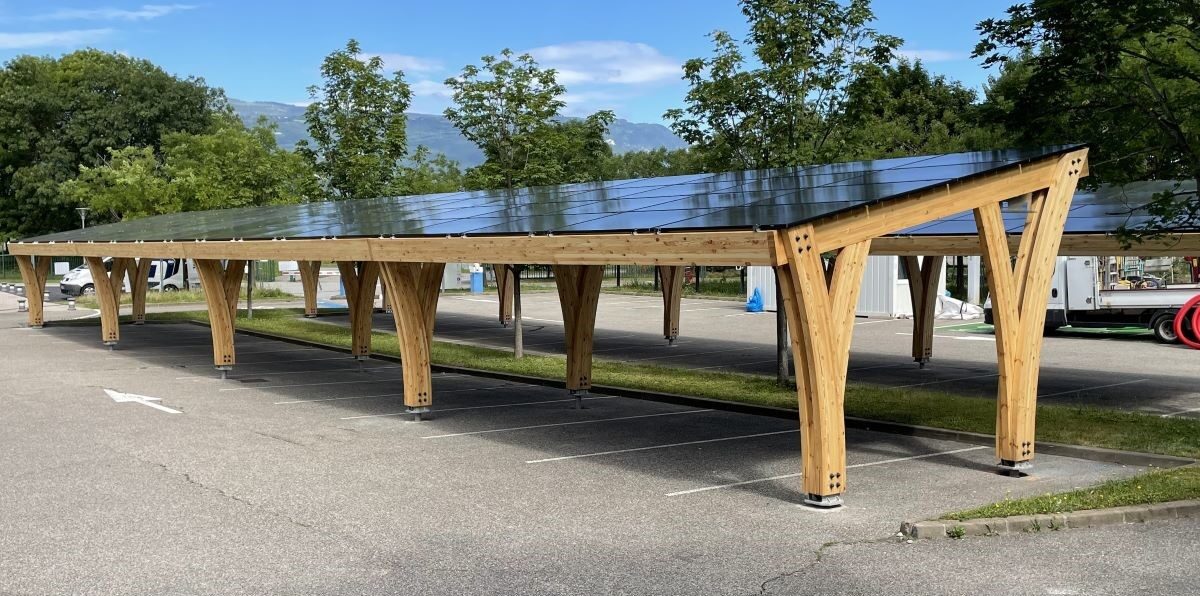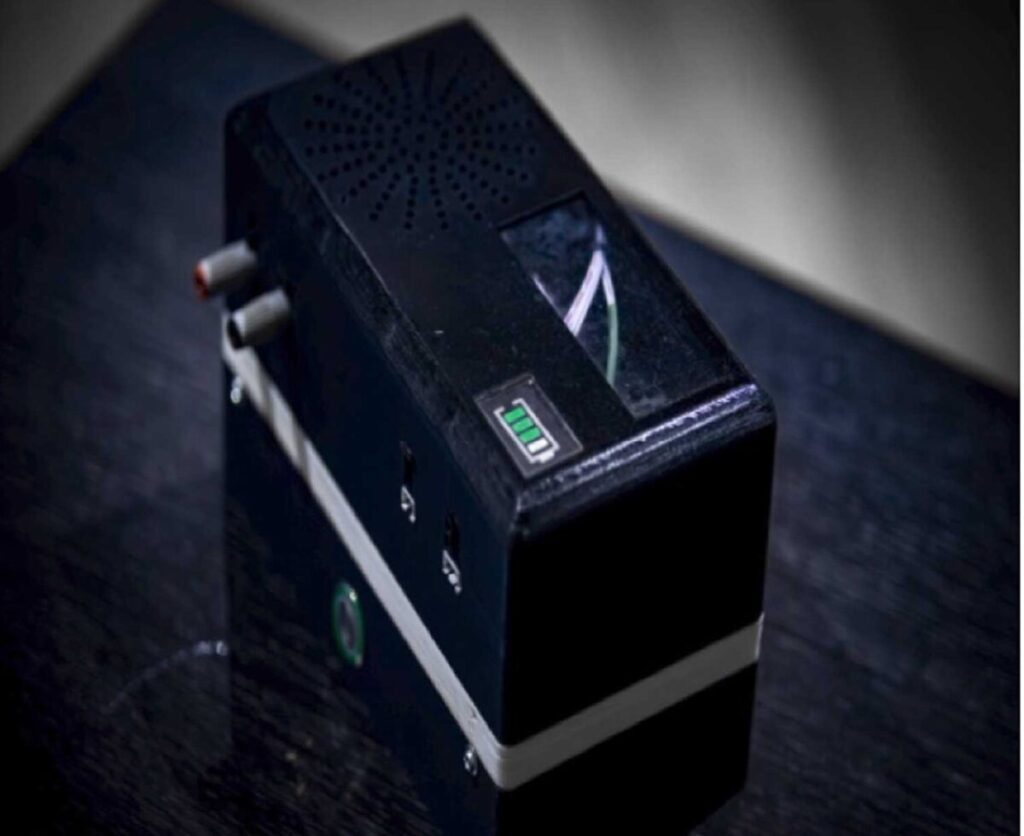Scientists in Colombia have devised a new portable electronic device for on-site measurements of the IV and PV curves of photovoltaic panels. The new system takes into account solar radiation, ambient temperature, electric current and voltage signals from a PV panel via a mobile phone through a mobile application.
A research group from Colombia has come up with a new portable electronic device that allows on-the-spot measurements of the IV and PV curves of photovoltaic panels and is said to compete with similar but more expensive and difficult to handle technologies available on the market.
The new tool contains a 240 MHz Tensilica LX6 dual-core processor and 4 MB of storage memory. It works by collecting data on solar radiation, ambient temperature, electrical current and voltage signals from the PV panels via a mobile phone through a mobile application.
“The collected data, when synchronized with a server, becomes accessible from anywhere and enables analysis using data analytics algorithms and Machine Learning,” the team explains. “This makes it possible to create predictive models and detect shortcomings in the system by identifying individual components, such as end of life and poor positioning.”
For the experimental device, the researchers used an ESP32 microcontroller from the American SparkFun Electronics. “It features a WiFi module that can connect to mobile devices,” they said. “It has 28 GPIO pins and also supports low-power Bluetooth connections. The versatility of the ESP32 shines when implementing IoT projects.”
As for the sensors, the device uses an ACS712 current sensor, a voltage divider consisting of two resistors in series, an NTC 10 K temperature sensor and an SP Lite2 irradiation sensor. It also uses a switching step-up module XL6009 as a voltage regulator and the ADS1015 module as an analog-to-digital converter. Furthermore, it contains a p-type MOSFET transistor for high-frequency switching, cables and batteries for energy storage.
Image: Fundación Universitaria Los Libertadores, Energy Reports, Common License CC BY 4.0
“The ESP32 acts as the central device in the printed circuit board (PCB) design, where all input and output signals come together,” the scientists further explained. “Each signal has its respective filter phase. Because the ESP32 has a maximum output power of 3.3 V, it is opto-coupled to transmit the signal at 7.4 V, exceeding the required gate-source voltage (VGS) for proper switching.”
The system also has an enclosure that the researchers say can be certified to meet IP55 standards or higher.
The performance of the portable device was tested in two different geographical locations and for two different types of photovoltaic panels. Measurements were taken at different times of the day to ensure plotting of curves at different radiations. The tests showed that the proposed system can deliver results in line with those of conventional devices.
“By using low-cost components such as microcontrollers and digital signal processors (DSPs), our development of a photovoltaic performance monitor has delivered valuable economic benefits,” the academics pointed out. “This approach significantly increases the cost-effectiveness and accessibility of PV systems by reducing overall monitoring costs.”
The group estimated the cost of the experimental device and found it could be between $1,000 and $1,200. It also said that more advanced systems could even cost between $275,000 and $630,000 in the future.
The details of the system can be found in the study “Design and implementation of an autonomous device with app to monitor the performance of photovoltaic panels”, published in Energy reports.
“The compact nature of the device allows expansion in future versions with new functionalities, such as characterization of electrical production systems or enhancing signals with electronics focused on signal processing to achieve certification of quality according to established standards,” the group concluded.
This content is copyrighted and may not be reused. If you would like to collaborate with us and reuse some of our content, please contact: editors@pv-magazine.com.
Popular content


